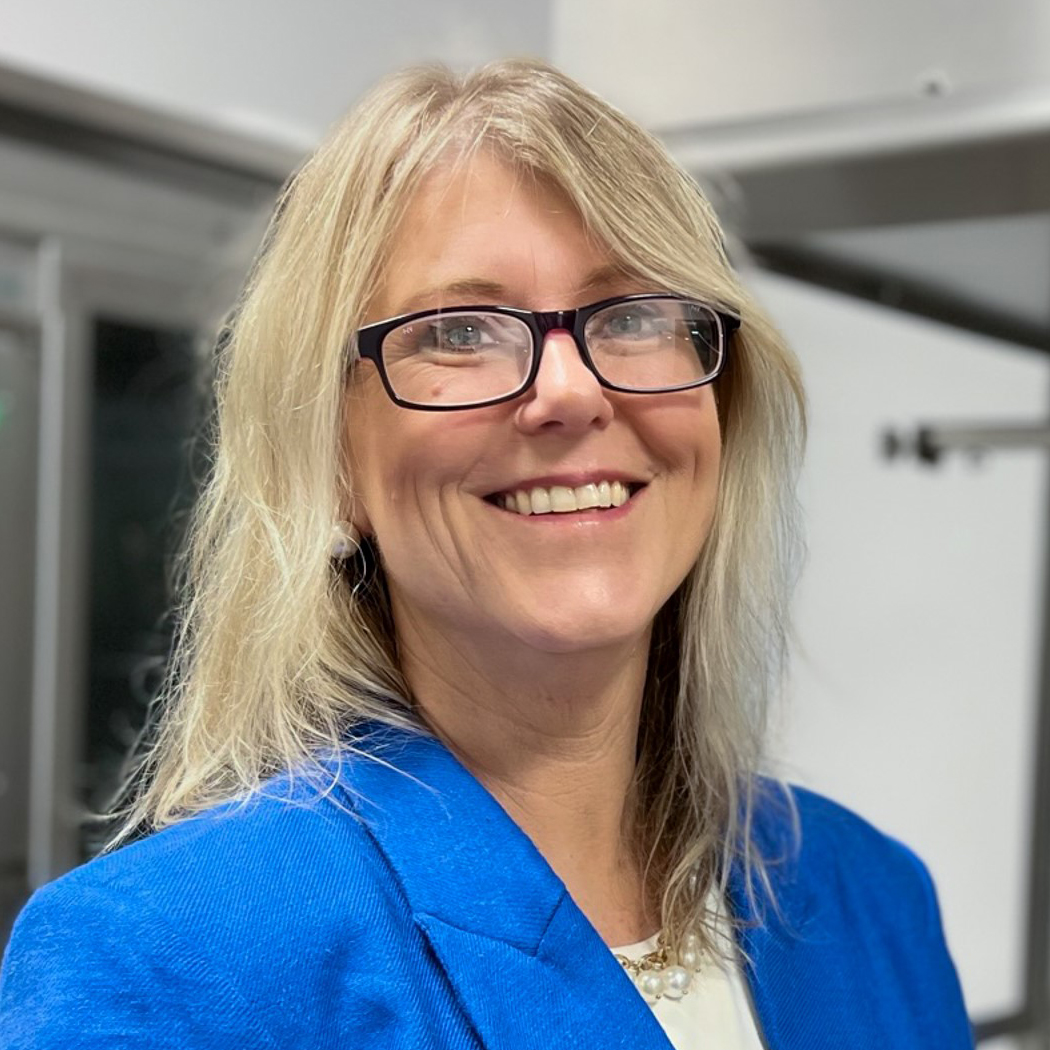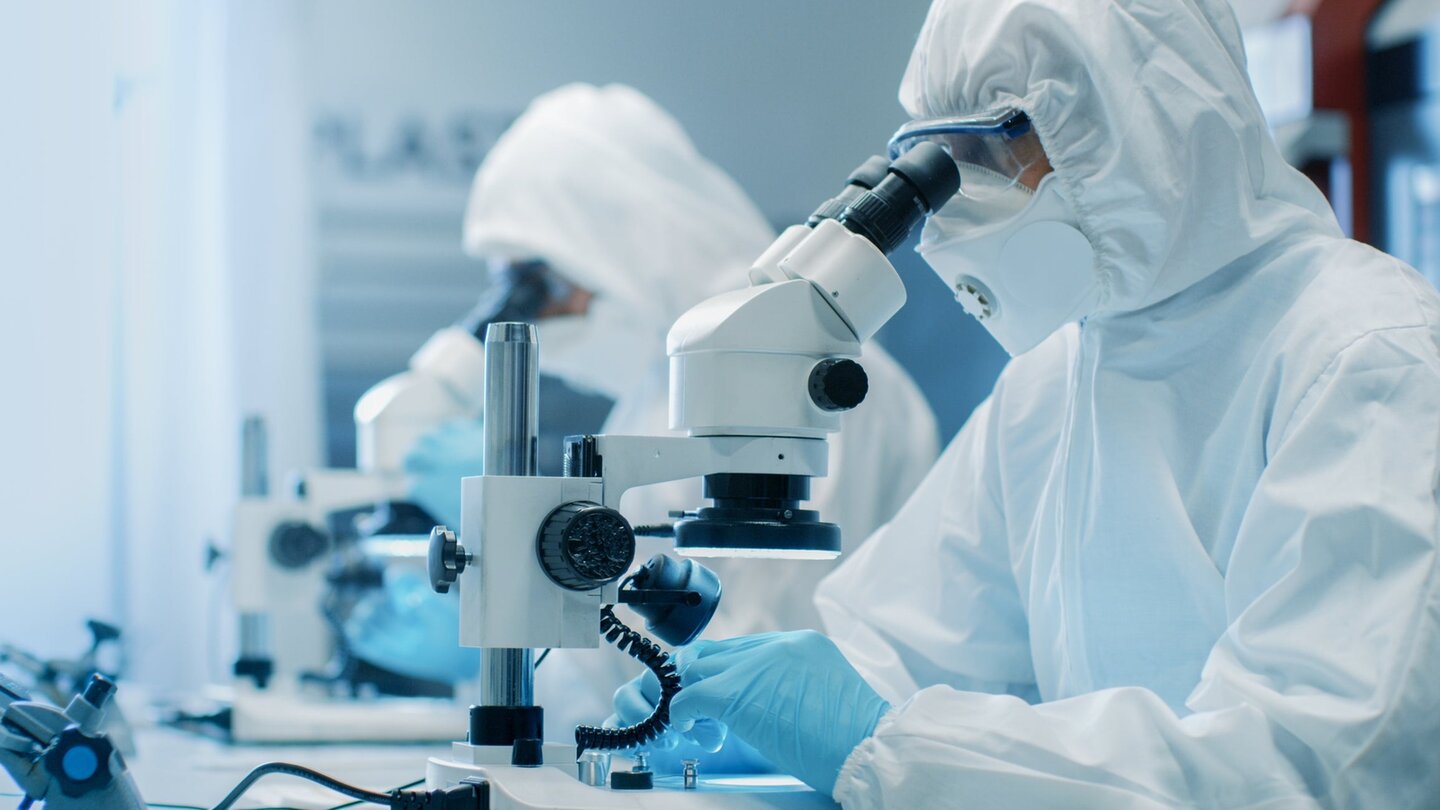Interview
Build or buy? key considerations for in-house manufacturing
Abigail Beaney interviews Carol Houts, chief scientific officer at GermFree about the key factors driving the choice between in house and outsourced manufacturing.

Carol Houts, chief scientific officer at GermFree.
For small and medium-sized biotech’s, for many years the common practice has been to outsource to both contract research organisations (CROs) and contract development and manufacturing organisations (CDMOs) to help streamline processes and allow companies to focus on their pipeline.
However, there are some companies wavering and even more so given the recent announcement of the US Biosecure Act, first mentioned in December 2023. The Act proposes to prohibit federal contracts with biotechnology providers connected to foreign adversaries. Some Chinese companies in the drug manufacturing industry have been added to the list, and given this list is likely to grow further, companies are considering other options to keep their development in line with the Act.
While some will be trying to secure contracts with US CDMOs, some companies may be considering taking manufacturing processes in-house. This can be an effective way to manufacture, given the company full control and not being limited by time slots. It is however costly and requires a great deal of experience to be employed in the team.
Carol Houts, chief scientific officer at GermFree, a cleanroom manufacturing company, speaks to the Clinical Trials Arena about the positives and negatives of bringing manufacturing in house and the key impacts that biotech’s should be considering.
Abigail Beaney: What are the biggest benefits that a small or medium sized biotech can gain by setting up their own manufacturing facility?
Carol Houts: Being able to control their destiny and supply chain. Some of the clients that we've had build for themselves rather than going with the CDMO option have benefited because they have facility optimisation, so from a use perspective, they can produce clinical batches when they need them. They can leverage the full capability of the facility to meet a lot of the different business demands. It also helps them develop their team by transitioning that to the manufacturing environment and provide better readiness when they get to the commercial marketplace.
It can be quite expensive in the CDMO environment, especially with one patient one batch manufacturing. When you're manufacturing, time and facility utilisation is so critical. If smaller biotech companies can manage that a bit differently with their own resources, that will provide key efficacies. The outsourcing model adds risk and complexity when you can partner more with hospitals and are able to reduce that risk you gain a new level of control.
I think that a lot of the CDMO infrastructure that's been built doesn't meet the needs for a lot of the processes in available that are in the space today. There's a lot of open capacity with CDMOs right now. Some of that's market headwinds, some of its concerns about Biosecurity Act, some of it is also simply that companies are trying to manage their cash flow and their destiny themselves.
Abigail Beaney: What are some of the difficulties that a company may face in setting up their own facility that could lead them to consider outsourcing?
Carol Houts: When you start talking about workforce and building a team, that's always a hot topic, especially in the smaller biotech because they're competing for those resources and they're not inexpensive. Those smaller companies that have a deep pipeline, I think are much more apt to build their own facility and think about that longer term pipeline and the needs for manufacturing than companies that don't have that really deep pipeline.

Credit: gorodenkoff / Getty Images
It's not always about cost. From the upfront capital perspective, it's a significant investment for sure. Investors like the idea of keeping it internal however when companies that have both the expertise and the pipeline. It has been looked upon favourably, but if you don't have that team developed, investors want you going to the big CDMOs because that expertise is there, and it de risks that investment opportunity.
Abigail Beaney: Investors, private investors, are a huge part of funding for small and medium sized biotech’s and of course they want to trust their investment is well made. Could a decision to move that manufacturing process inhouse put investors a little bit on edge and could making that leap lead to less investment?
Carol Houts: When a company outsources to a CDMO, yes there are operational expenses but there's not the significance of that capital outlay as well. Investors want a return and are trying to fund clinical programmes, not necessarily build facilities. As a result, those decisions are very complex.
I think that investors are looking heavily at management teams on can they execute this and have they done it in the past? What's the depth of that experience in their team to execute, that will be a significant factor in regards to the risk.
Customers that come to GermFree tend to be pretty mature teams and have that experience from previous employment - they know what they're getting into, they've built facilities before. We are not seeing as many companies that come to us without that and I think you're going to see investors probably push more for them to go with the CDMO, to really get their feet wet, and ultimately have that big expertise running in the background of that programme.
Abigail Beaney: What are the key things that developers need to bear in mind if they decide to keep that development process in house?
Carol Houts: Bringing in that expertise in all steps of the process is vital. You need people that have had health care delivery experience, because that is now an essential part of the equation. Given the way medicine is evolving, understanding how healthcare is delivered is even more critical now than ever before.
In the past, a traditional clinical trial, you’re considering informed consent, compliance to Good Clinical Practice but when you are taking change of manufacturing you need to consider Good Manufacturing Practice too. That consideration also needs to be with the hospital if you are looking at cell therapies which involve taking material from a patient. It's interwoven at a level that it has never been done before. Bringing all those systems together is one of the biggest challenges and considerations for companies.
Abigail Beaney: Will the BIOSECURE Act push more small and medium sized biotech’s to develop inhouse models?
Carol Houts: We haven’t seen the full fallout from it yet. I do think that some companies have stalled their programmes while they figure out manufacturing. We're seeing some delays and decision making by companies as to whether they find another CDMO or take it upon themselves. We have CDMOs that are foundational to this country – for example Charles River and Catalan and others - they provide significant capacity and bandwidth to take on a lot of that work.
I'm hoping that the industry kind of doubles down and focuses on those companies that are already leading in this space and innovating within our gold standards for operation. There is still strain however on companies wondering how this is all going to work out.
The market headwinds are also playing into that a little bit, although I think things are looking up a little bit on that front now and movement is starting.